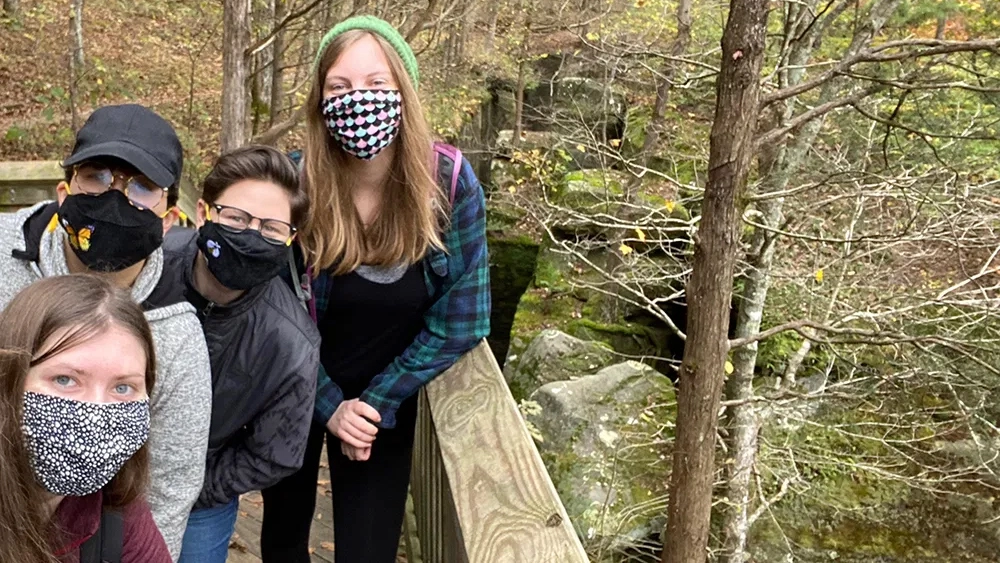
But, even without COVID-19 looming over our heads, it can be difficult to connect with one another and feel a gratifying and supportive sense of community. As entomologists and scientists, we’re constantly busy and there often isn’t much time for community-building moments. We focus on our work, whether it be collecting specimens or running experiments during field season or doing data analysis in the off season, and there is always work to be done. Science disciplines are highly rigorous and competitive, which can also add to feelings of isolation. In entomology specifically, we tend to socialize with others whose work is most related to our own, which isn’t necessarily a bad thing, but it can lead to separation and smaller social circles. The good news is that it doesn’t have to be that way, and we can always work together to change things. Here, I’ll share some tips on how entomology students can either join and contribute to an existing community or create their own.
The Science
Any general biology or psychology course will teach you that, as human beings, we are social creatures. The top three tiers of Maslow’s Hierarchy of Needs are based on the fulfillment of friendship, intimacy, family, and a sense of connection. That last one is really important, especially if you’re a graduate student with a high stress level. These are all areas of human interaction that can bring us deep happiness and satisfaction. As an important part of who we are, it’s crucial that we know how to establish a sense of belonging. While joining a pre-existing community can be a lot easier than building one, the following steps are a great start toward fostering meaningful relationships with your peers.